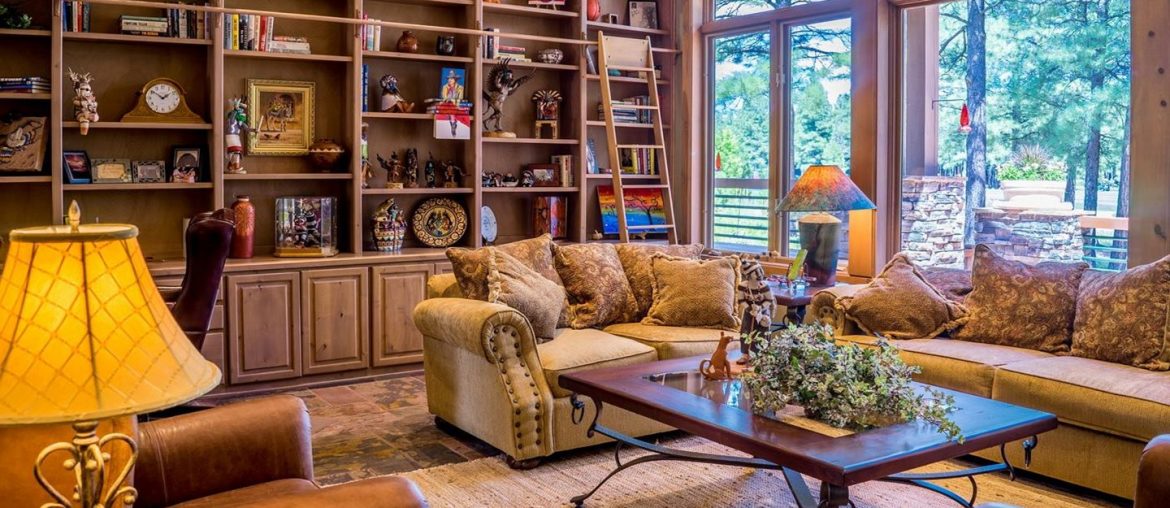Interior designing is a vast field of research and opportunities. Interior design has basic elements and various categories. Fusions of different primary and subcategories can make it even more expansive. Interior design touches our lives in many ways and provides us a positive impact. Even though it has no boundaries, the rich profusion of interior designs must follow some basic key principles. Whether you want to decorate your house in DIY fashion or to take professional help, the following 5 interior design principles can help your design be accurate with the creative expression that you desire.
Balance
Balance is one of the 5 interior design principles that ensures maximum utility and tangible assortment. The balance in a space is all about the visual equilibrium. This provides an even distribution of objects inside the house with respect to its size, mass, shape, volume, and position. There are 3 kinds of balances in interior design:
- Radial balance
- Symmetrical/Formal balance
- Asymmetrical/Informal balance
Radial Balance

Radial balance denotes the concept of “almost a circle.” Items are distributed and arranged around a central point, either extending inwards or leaning outwards; this is known as radial balance. To put focus on a specific central item, apply radial attention to it. The end result is such that every other object appears to direct attention to the center object.
Symmetrical Balance
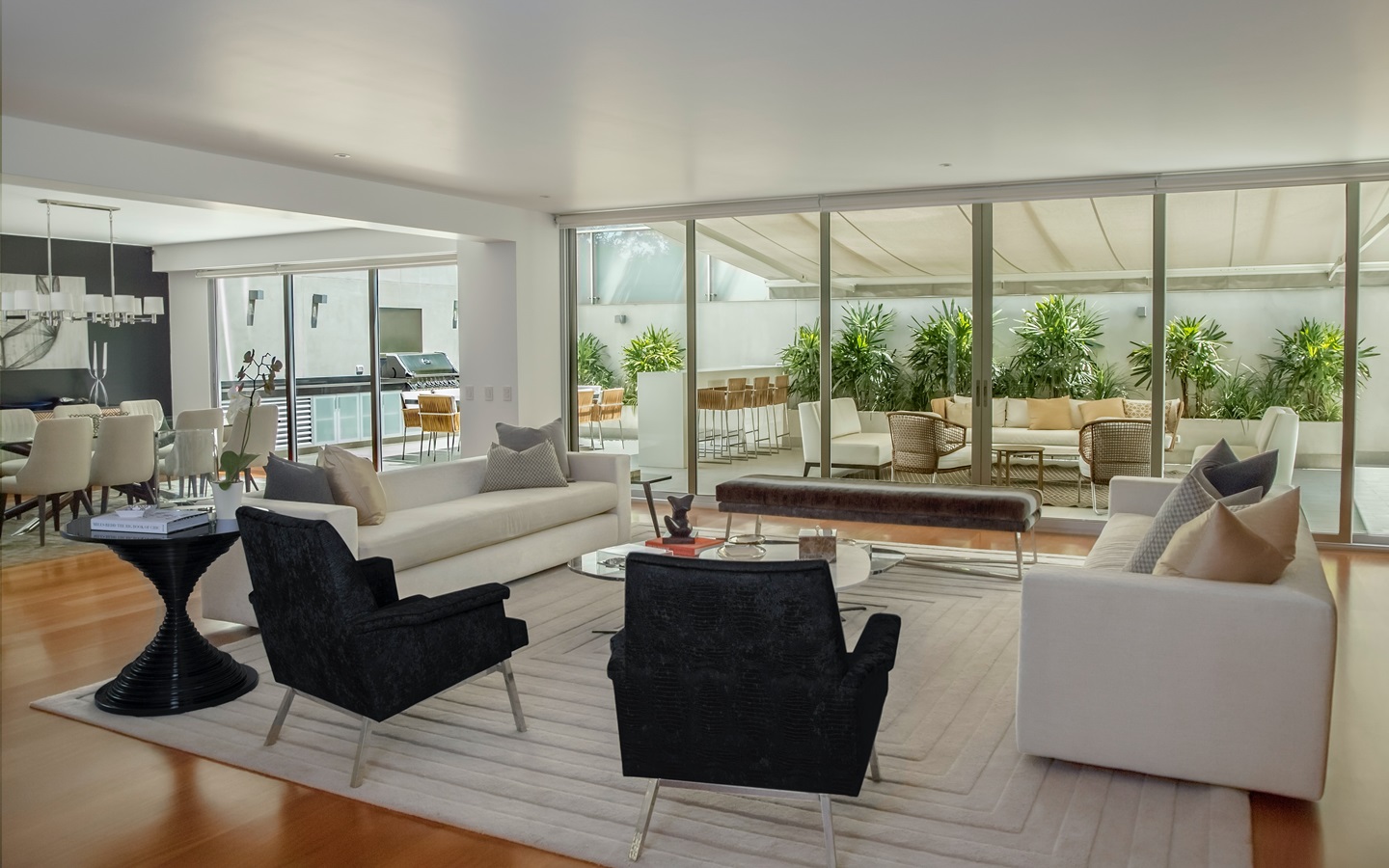
Symmetrical balance denotes division into two halves with similarities on an imaginary axis dividing them. Each half is complementary to the other, giving the space a breathtaking ambiance. It portrays a feeling of dignity, stability, and mildness. Symmetrical balance can also sometimes be perceived as dull and static, and to some extent in the modern day as unimaginative.
Asymmetrical balance
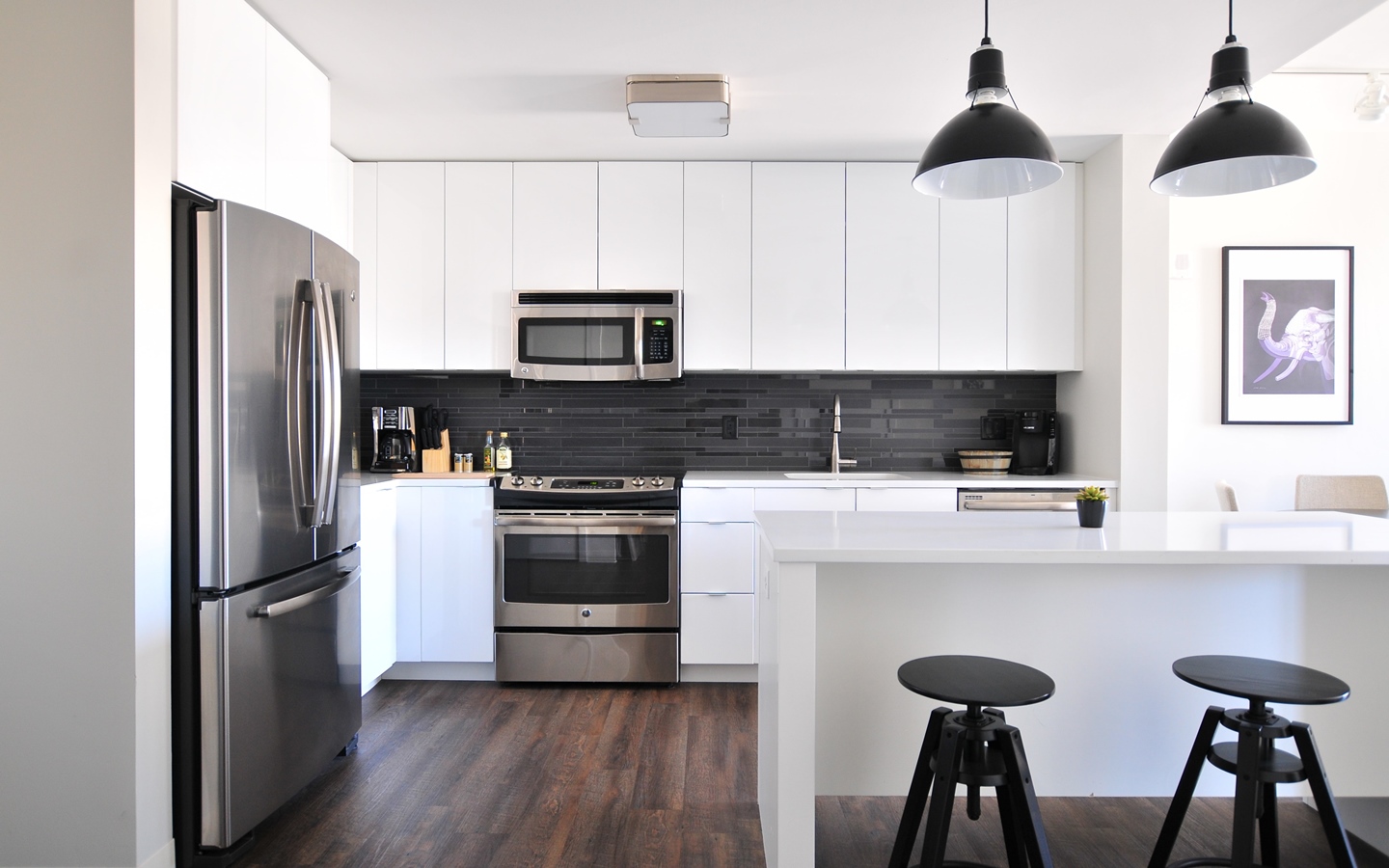
Asymmetrical balance focuses more on visuals than measurement and precision. The key focus incorporates the visualization of 4 factors. These are:
- The weights of lines
- Forms
- Colors
- Textures
These 4 factors must be in balance without exact duplication. You have the opportunity to exert a lot of space and creativity for this. This can help you make it more complicated and exciting. For instance, a modular sofa can be balanced by placing two chairs on both sides or either side.
Rhythm
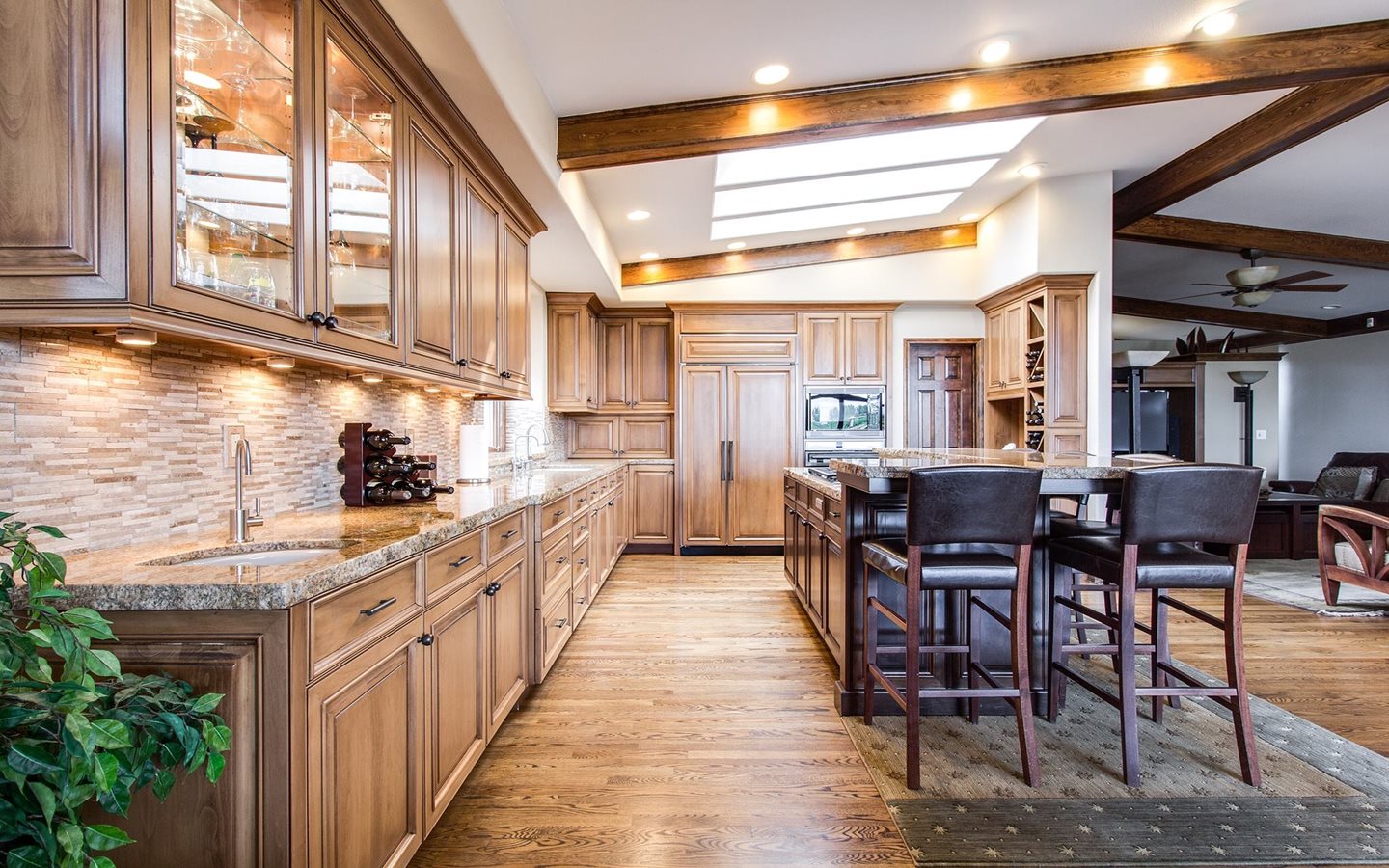
Rhythm is one of the most important of the 5 interior design principles. This principle mostly depends on the color palettes and the patterns of repetition. You can use a single color at several intervals to focus a theme. Again, the same color pillows, with shades of that color in other different elements, accentuate the rhythm of it. There are three kinds of rhythmic flow for interior designs.
- Transition (the rhythm of arches, curves, and scenic lines)
- Progression (the rhythm of sizes and shapes with colors)
- Repetition (rhythm only of color combination)
Contrast
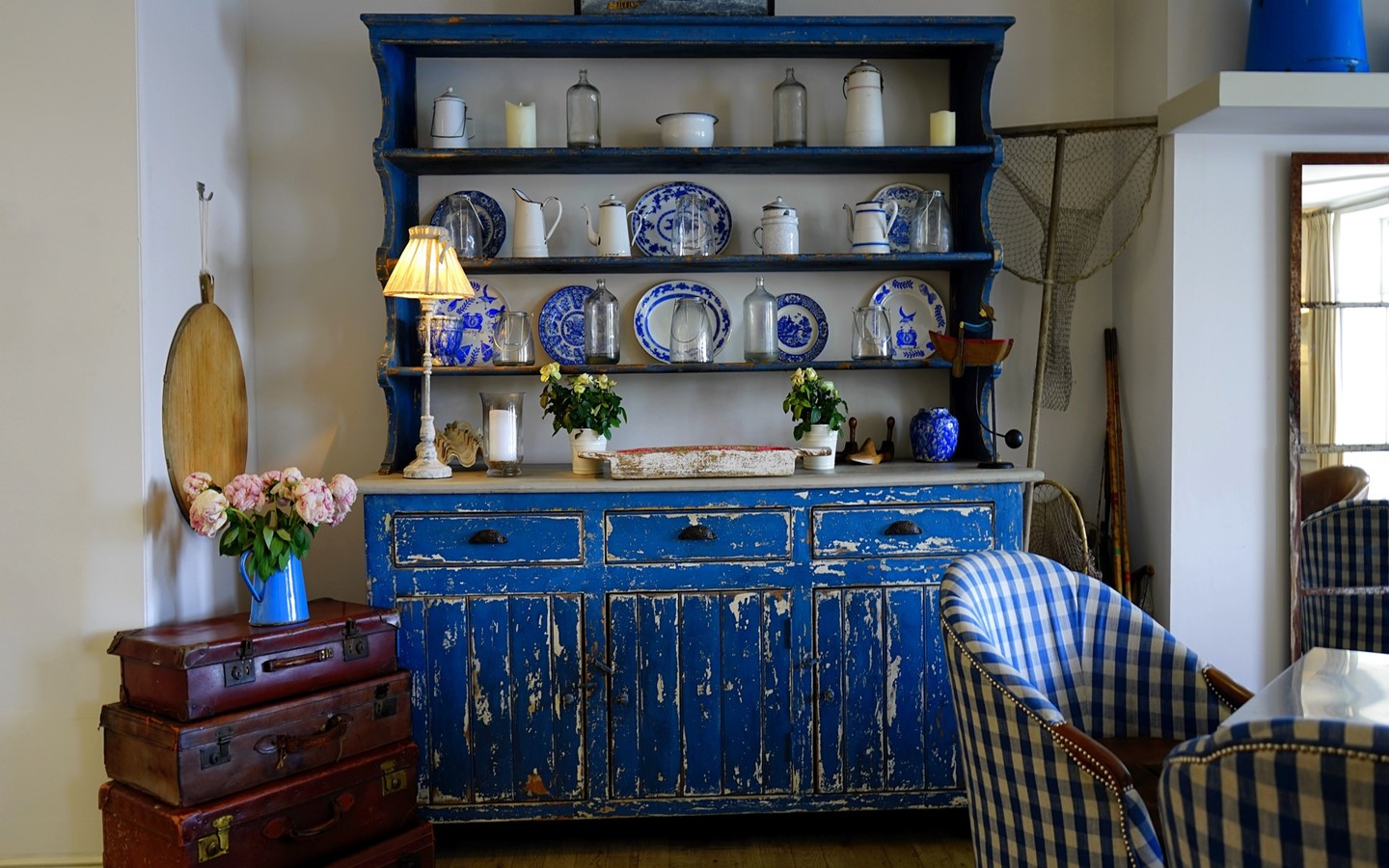
Contrast mostly depends on color, but it is also reliable on forms, textures, and materials. Creating a color contrast with proper hue and saturation is very important for –
- size and shape (forms),
- lines and combination (textures) and
- the objects and elements (materials).
The contrast of a room, along with natural and electrical lights, must create an appeal in the entire or a small space. Monochromatic spaces are pretty common. Apart from that, two colors of a spectrum from the opposite ends (darkest and the lightest) can bring forth the most exquisite contrasts. Hence, contrasting is one of the essential basics of interior design principles.
Scale and Proportion
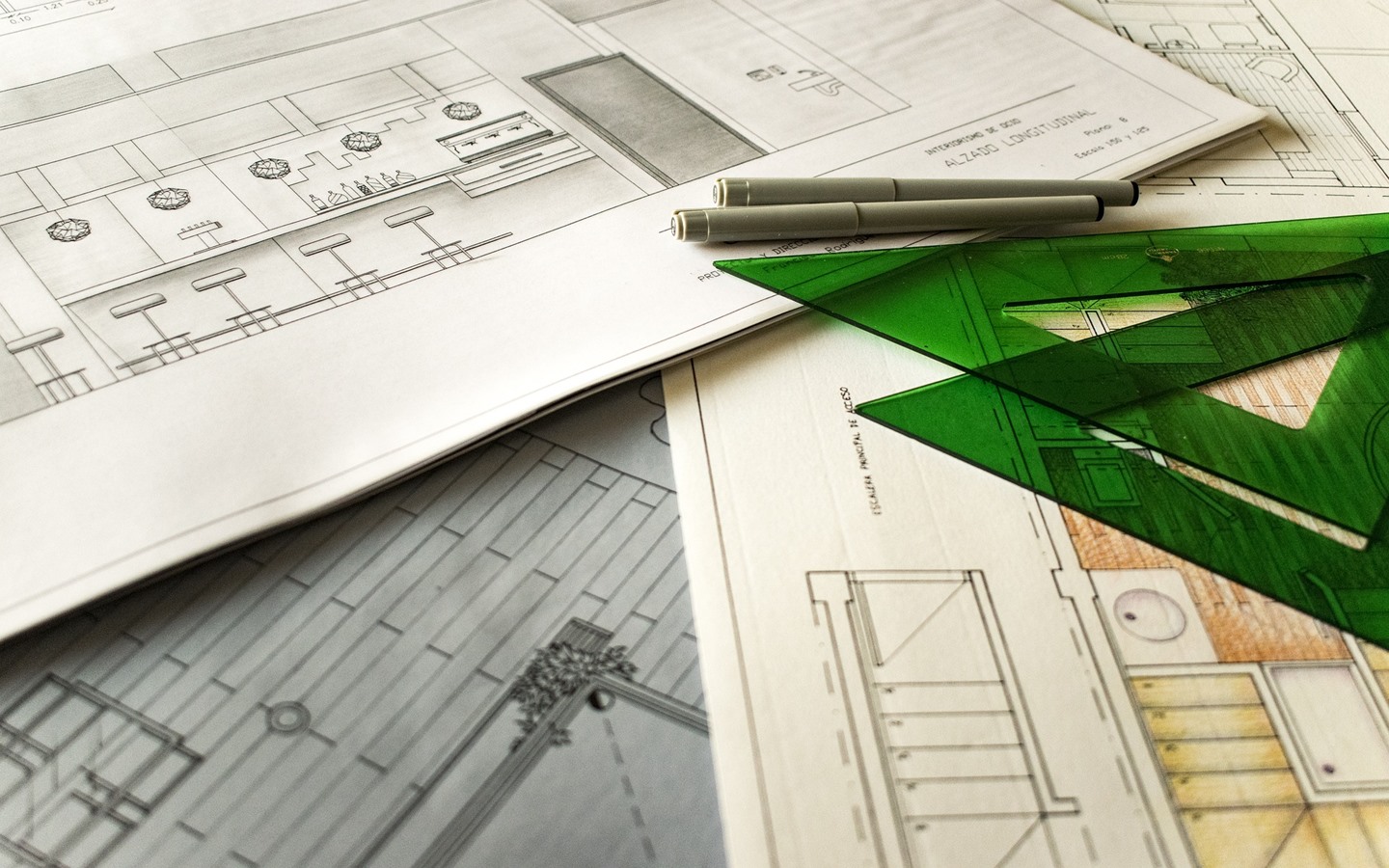
Scale denotes the size and dimensions of an object in space. It refers to how the size of an item can relate to another one or the area of its placement. On the other hand, proportion means the ratio of the size or space of one part to another. Proportion is, therefore, the comparison of two sizes, whereas scale measures the size of the object only in reference to space. Scale defines placements. The amount of space needed for 10 cabinets inside a kitchen or in which space there should be a basin in the bathroom. In contrast, proportion decides the aesthetic value of 2 objects existing in a single space. If the size is a standard of proportionality, it determines if two varying size chairs can coexist in a particular spot or not.
The Golden Ratio Rule
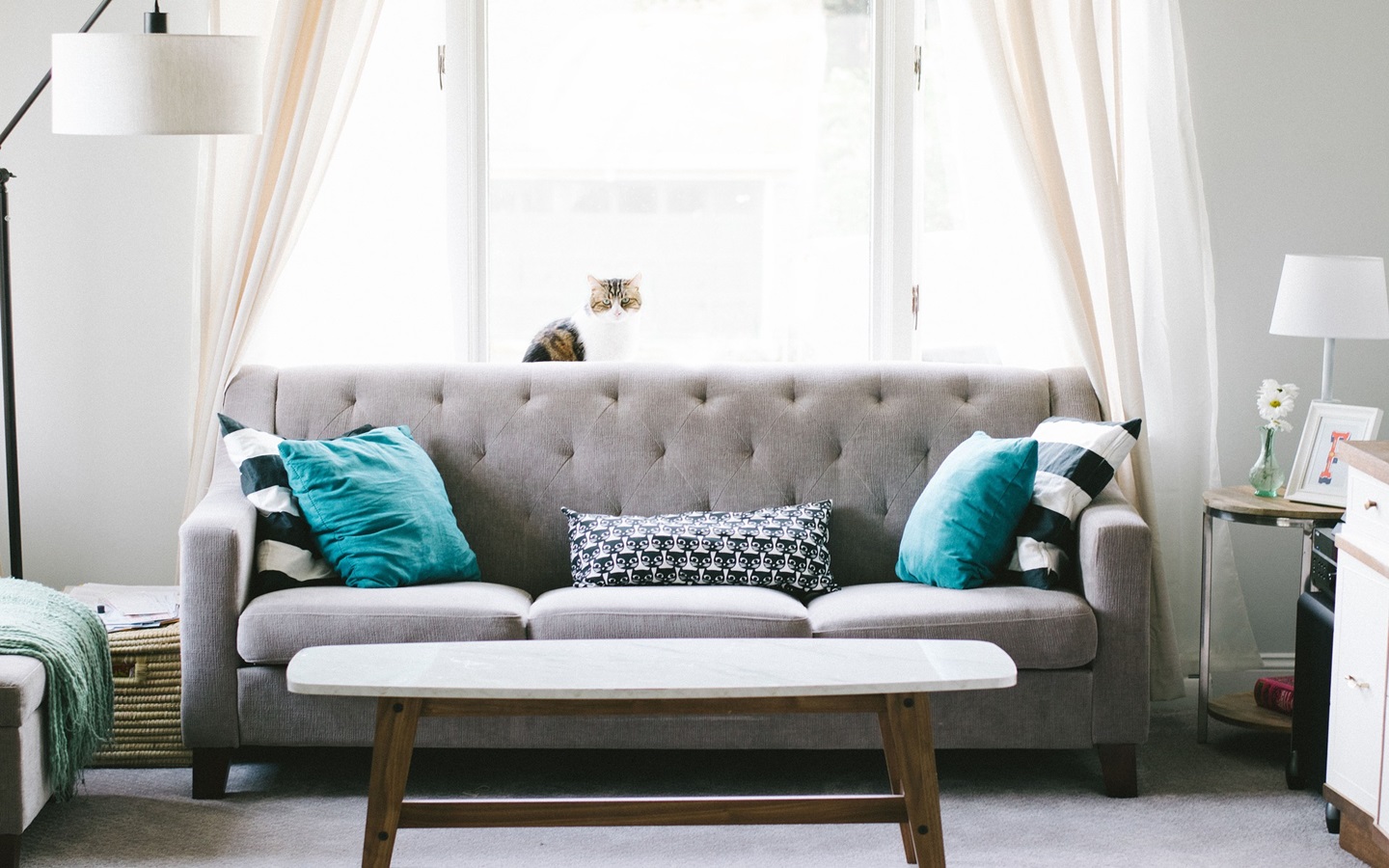
The golden ratio of interior design principles connects all the dots in a two-thirds ratio. It is also popularly the “Greek rule of 2:3” or the “rule of nature.” In this rule, you have to divide each room into two unequal parts (big and small). The larger portion should be two-thirds of the entire room, which should be designated for large furnishing. The rest of the region must have a complimentary and comparatively smaller object to fill up space. For example, in a drawing-room, a large sofa or couch should take two-thirds of the space of the room designated for decor. Therefore, the sofa must not be anyway bigger than this. Whereas, the remaining part of the room can have a table with showpieces inside the surface area of the table. This rule makes the decor aesthetically pleasing and of maximum utility.
The five basic interior design principles are henceforth the greenroom of any category of interior design. Be it Bohemian, Modern, Industrial, or Scandanavian style; every plan must follow these principles. Avoid any misconception regarding interior design and follow these principles.. Otherwise, the interior will seem too redundant or somewhat insufficient even after your effort to give it an aesthetic grandeur.

